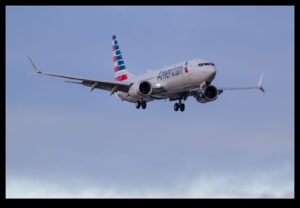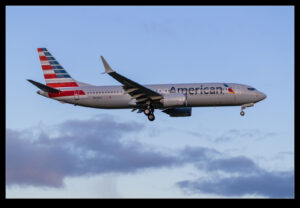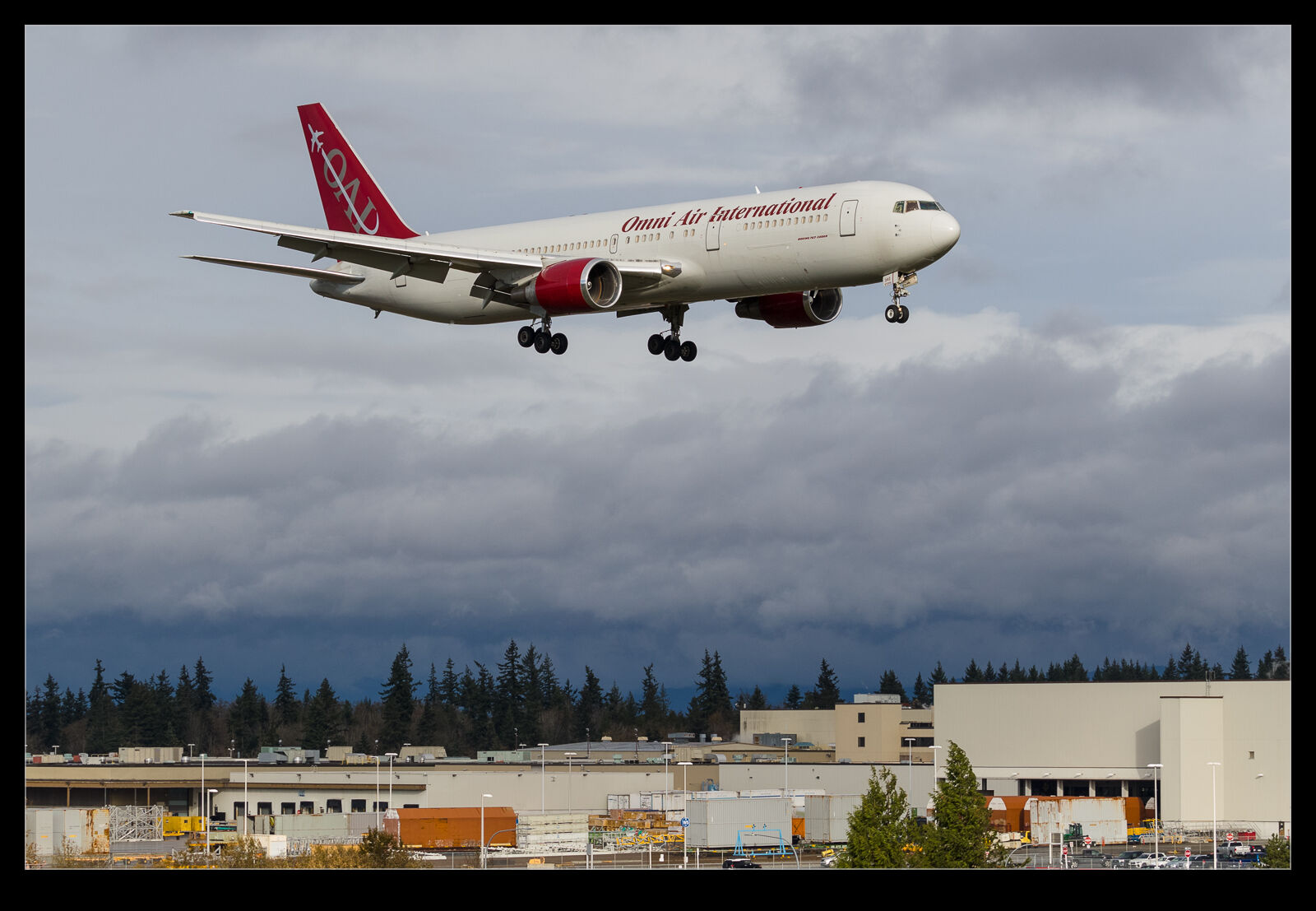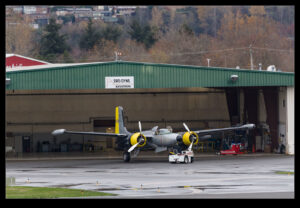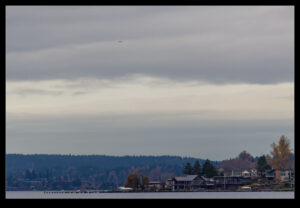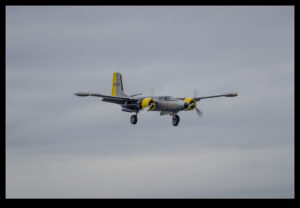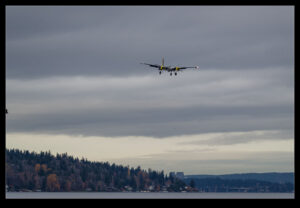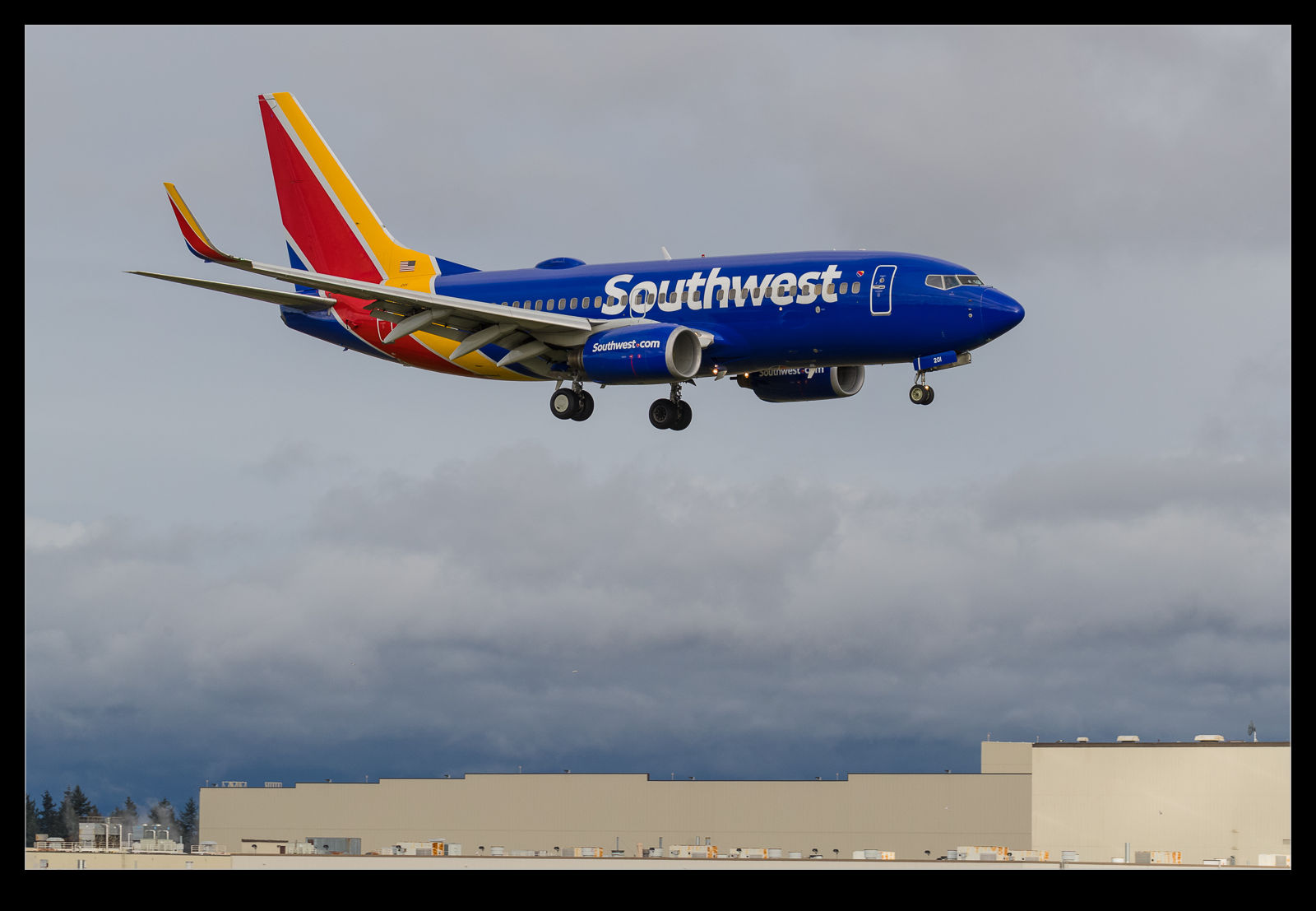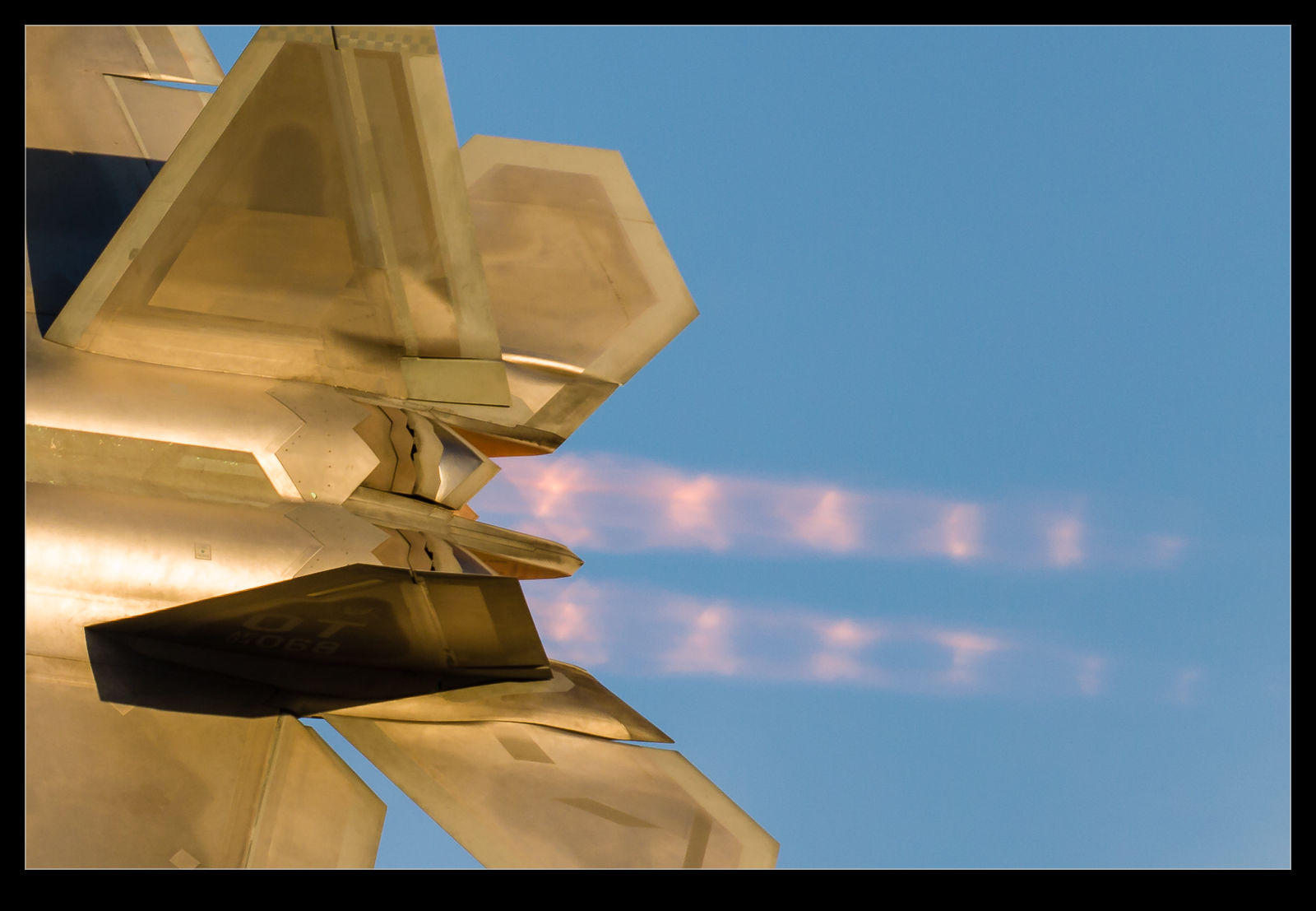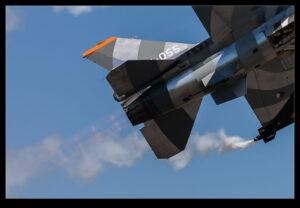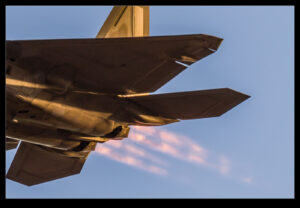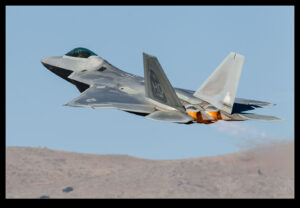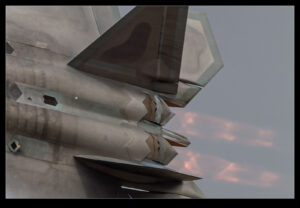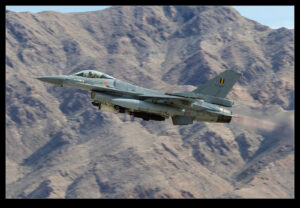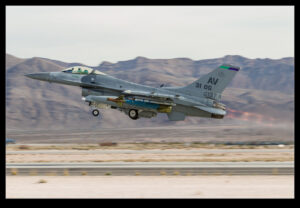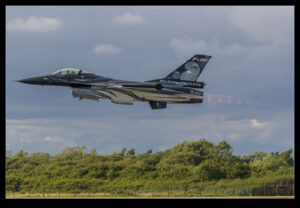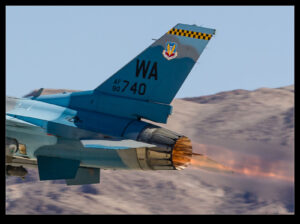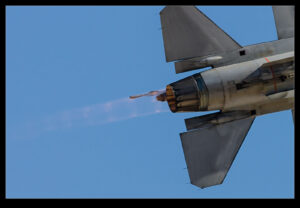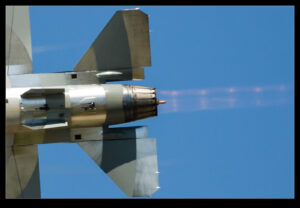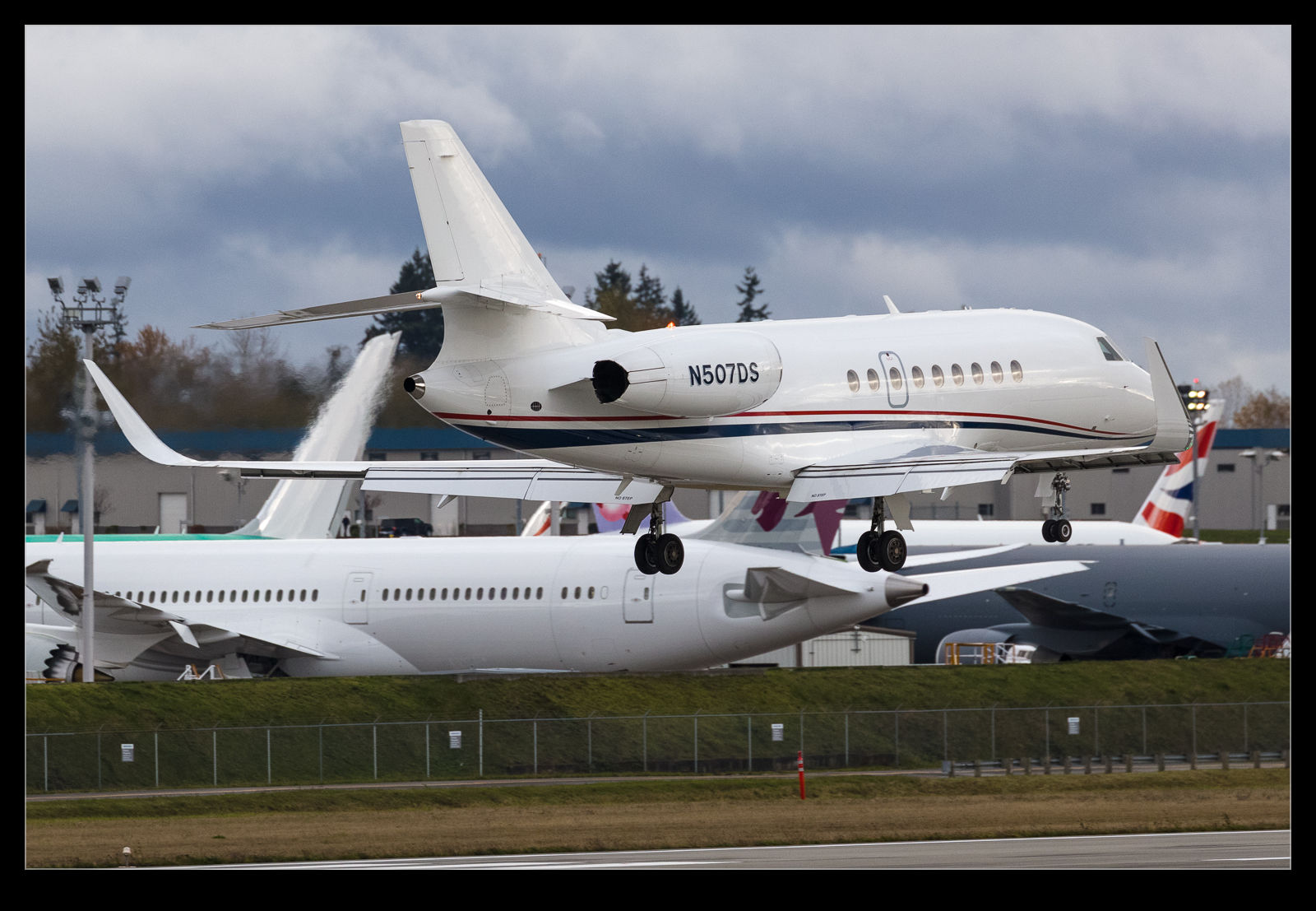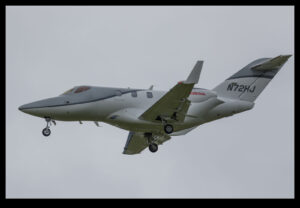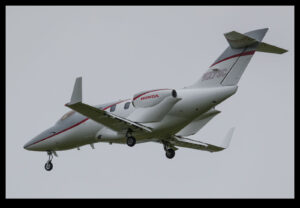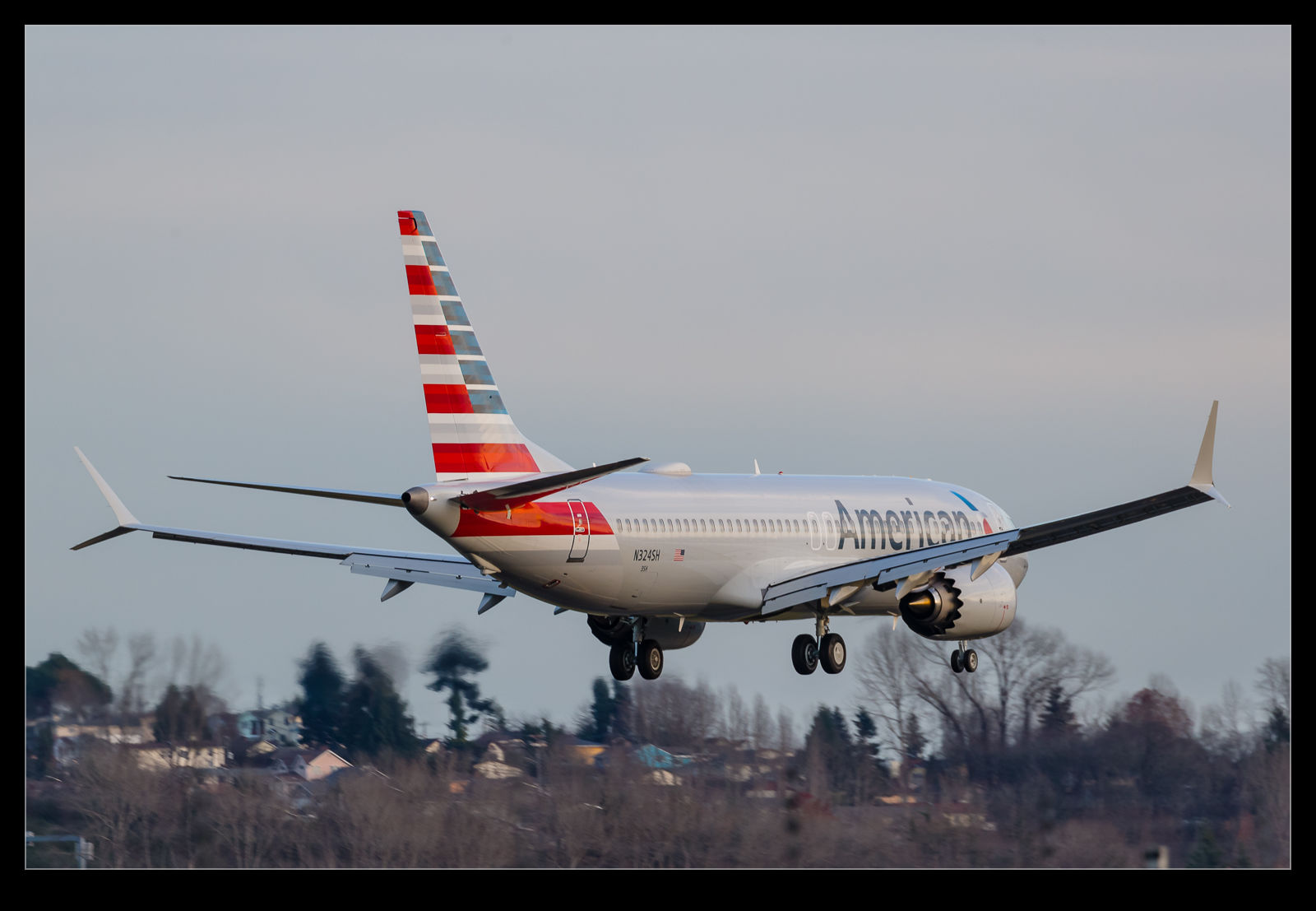 Boeing has been building and testing 737 Max jets throughout the grounding so having them flying is not a great surprise. However, with the grounding order lifted by the FAA, things are moving into a higher gear. United took delivery of a jet and American Airlines has indicated it will start service before the end of the year. Two jets were up on the same day which leads me to think that they have already undergone the mod programs and are being tested prior to delivery to the airline.
Boeing has been building and testing 737 Max jets throughout the grounding so having them flying is not a great surprise. However, with the grounding order lifted by the FAA, things are moving into a higher gear. United took delivery of a jet and American Airlines has indicated it will start service before the end of the year. Two jets were up on the same day which leads me to think that they have already undergone the mod programs and are being tested prior to delivery to the airline.
Tag Archives: airplane
Please Give Me Good Light for a 328Jet
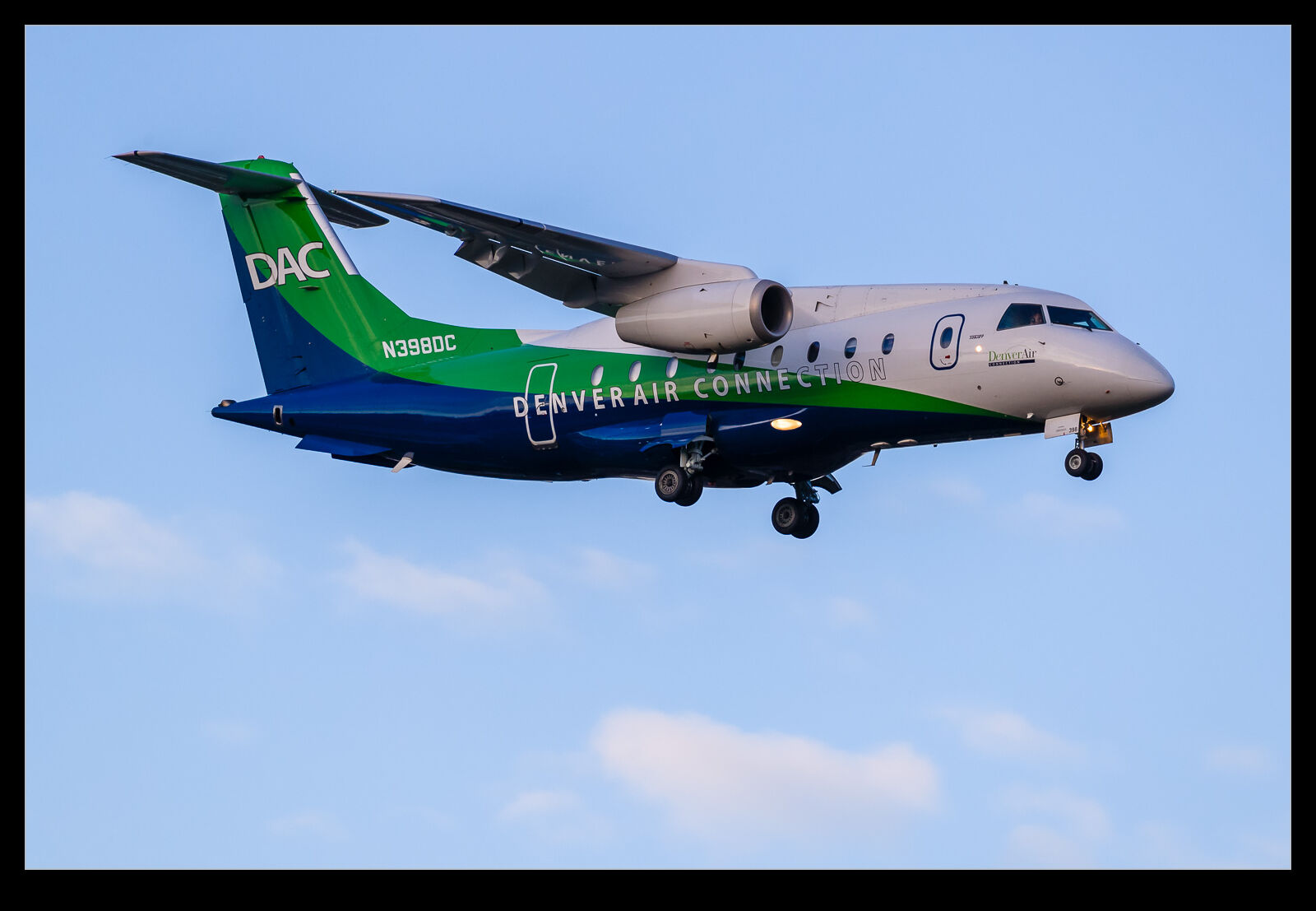 Late in the day in the PNW, you can get lucky with good lighting. It is not unusual to have a crappy day end with the sun, low on the horizon, cutting under the clouds and providing some briefly great conditions. With a Dornier 328Jet due in, I was hoping that the conditions might be just what I wanted. However, the plane was delayed from its planned time. At the scheduled arrival time, conditions were, in fact, rather good. I got something arriving then that looked pretty cool and will get its own post.
Late in the day in the PNW, you can get lucky with good lighting. It is not unusual to have a crappy day end with the sun, low on the horizon, cutting under the clouds and providing some briefly great conditions. With a Dornier 328Jet due in, I was hoping that the conditions might be just what I wanted. However, the plane was delayed from its planned time. At the scheduled arrival time, conditions were, in fact, rather good. I got something arriving then that looked pretty cool and will get its own post.
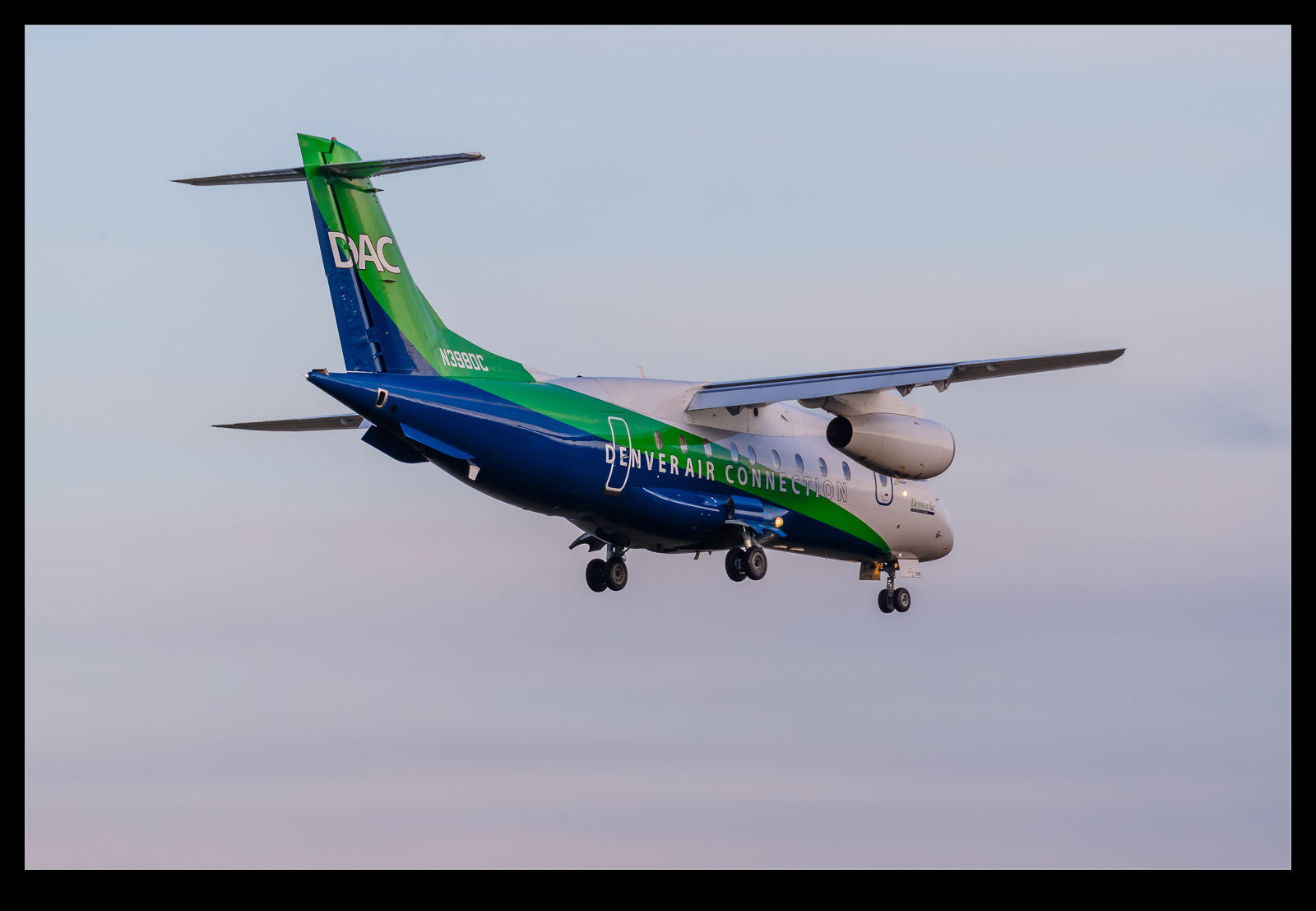 However, my 328Jet was running late. I kept my eye on the horizon, hoping the sun would make an appearance but the thick cloud layer hanging on the horizon told me that things were not going to work out. Sure enough, when the 328Jet showed up, the sky was decidedly dull. This was all the more annoying given that it had a really nice color scheme. They aren’t exactly rare but they are not common enough to ignore the chance to get one so this still counts as a plus for me.
However, my 328Jet was running late. I kept my eye on the horizon, hoping the sun would make an appearance but the thick cloud layer hanging on the horizon told me that things were not going to work out. Sure enough, when the 328Jet showed up, the sky was decidedly dull. This was all the more annoying given that it had a really nice color scheme. They aren’t exactly rare but they are not common enough to ignore the chance to get one so this still counts as a plus for me.
It Might Be Raining, But It Is A 727!
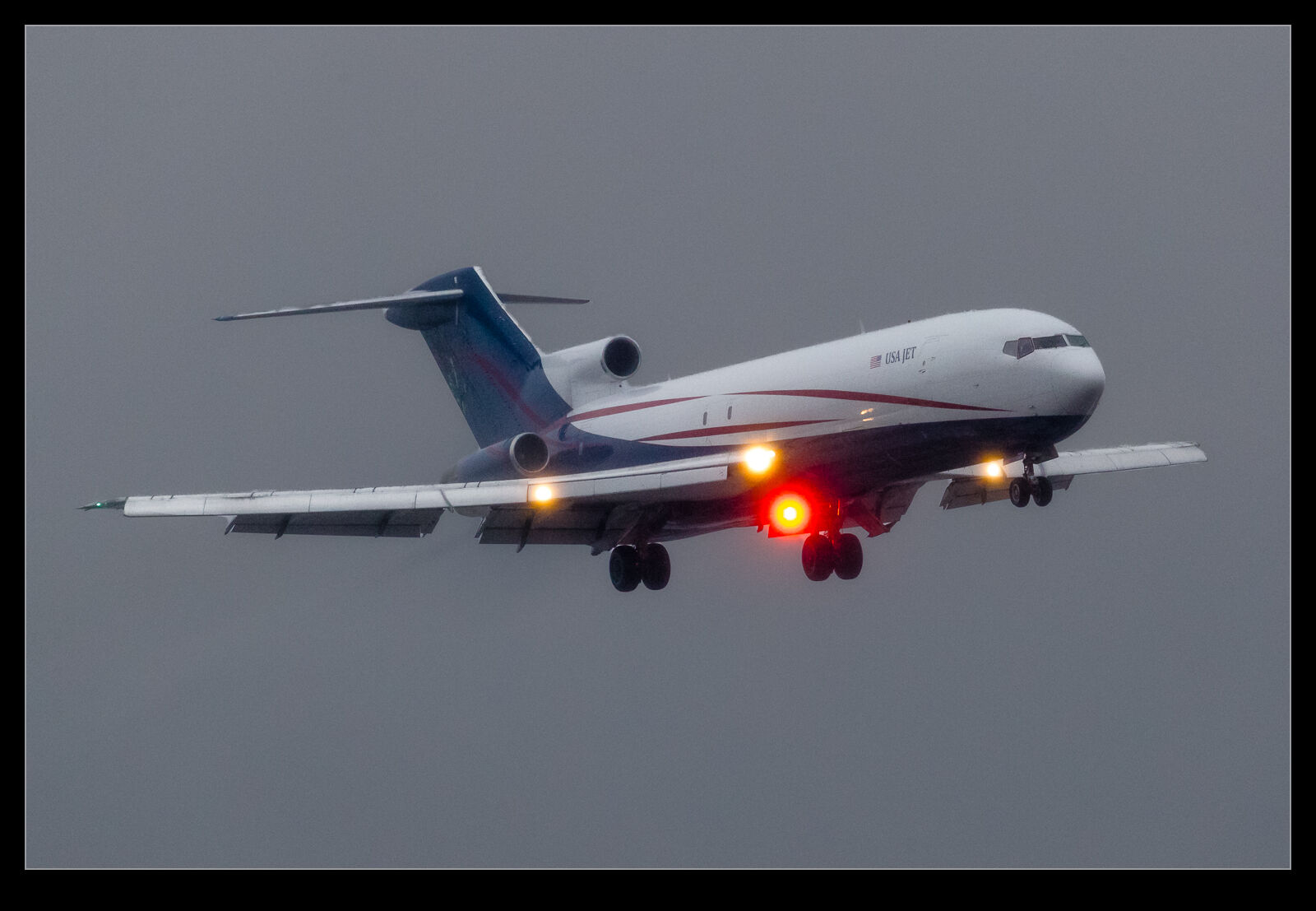 Winter in the PNW does not mean reliable conditions for photographing planes. If the weather is bad, you might decide it isn’t worth going out. If it is raining and threatening to rain harder, there is a strong possibility you would skip a shot opportunity. However, 727s are getting pretty rare these days so that seems worthy of a trip out.
Winter in the PNW does not mean reliable conditions for photographing planes. If the weather is bad, you might decide it isn’t worth going out. If it is raining and threatening to rain harder, there is a strong possibility you would skip a shot opportunity. However, 727s are getting pretty rare these days so that seems worthy of a trip out.
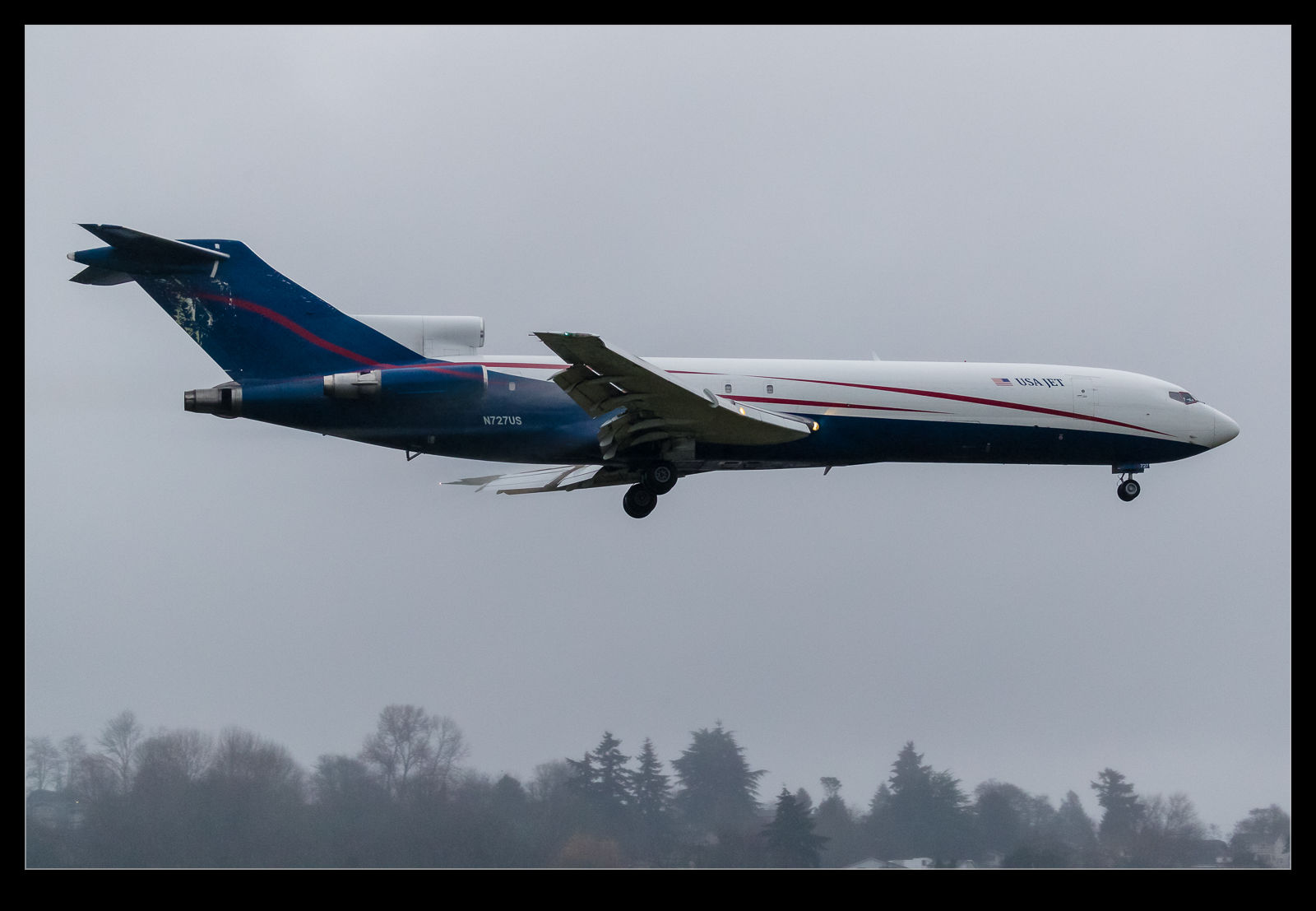 The weather was unpleasant when it made its approach but not as bad as it got a short while later. I went with my normal approach for shooting in really bad conditions by pushing the overexposure pretty high. I include a couple of edits. For the main image, I actually blended two different process versions in Photoshop to get the combination that most reflects how the shot looked through the view finder. The other edit is a straightforward Lightroom edit where the angle and the light suited it.
The weather was unpleasant when it made its approach but not as bad as it got a short while later. I went with my normal approach for shooting in really bad conditions by pushing the overexposure pretty high. I include a couple of edits. For the main image, I actually blended two different process versions in Photoshop to get the combination that most reflects how the shot looked through the view finder. The other edit is a straightforward Lightroom edit where the angle and the light suited it.
Stored 777X Numbers Grow
 While Boeing has delayed the entry to service date of the 777X, they have continued to produce airframes at Everett with the result being a number of stored airframes on the field. There are four jets in the test program and the rest are not going to fly until certification is close so, for now, they are finding spaces across the airport for them. Some are on the Boeing flight test ramp (with production of the other widebodies ramping down, space is more available I guess) while others are on the cross runway. This has been home to 787s and 737 Max jets over the years and now it is the turn of the 777X. Some of them are identifiable by the paint on the folded wing tips while others are unmarked for now.
While Boeing has delayed the entry to service date of the 777X, they have continued to produce airframes at Everett with the result being a number of stored airframes on the field. There are four jets in the test program and the rest are not going to fly until certification is close so, for now, they are finding spaces across the airport for them. Some are on the Boeing flight test ramp (with production of the other widebodies ramping down, space is more available I guess) while others are on the cross runway. This has been home to 787s and 737 Max jets over the years and now it is the turn of the 777X. Some of them are identifiable by the paint on the folded wing tips while others are unmarked for now.
Omni 767 Finds a Gap in the Clouds
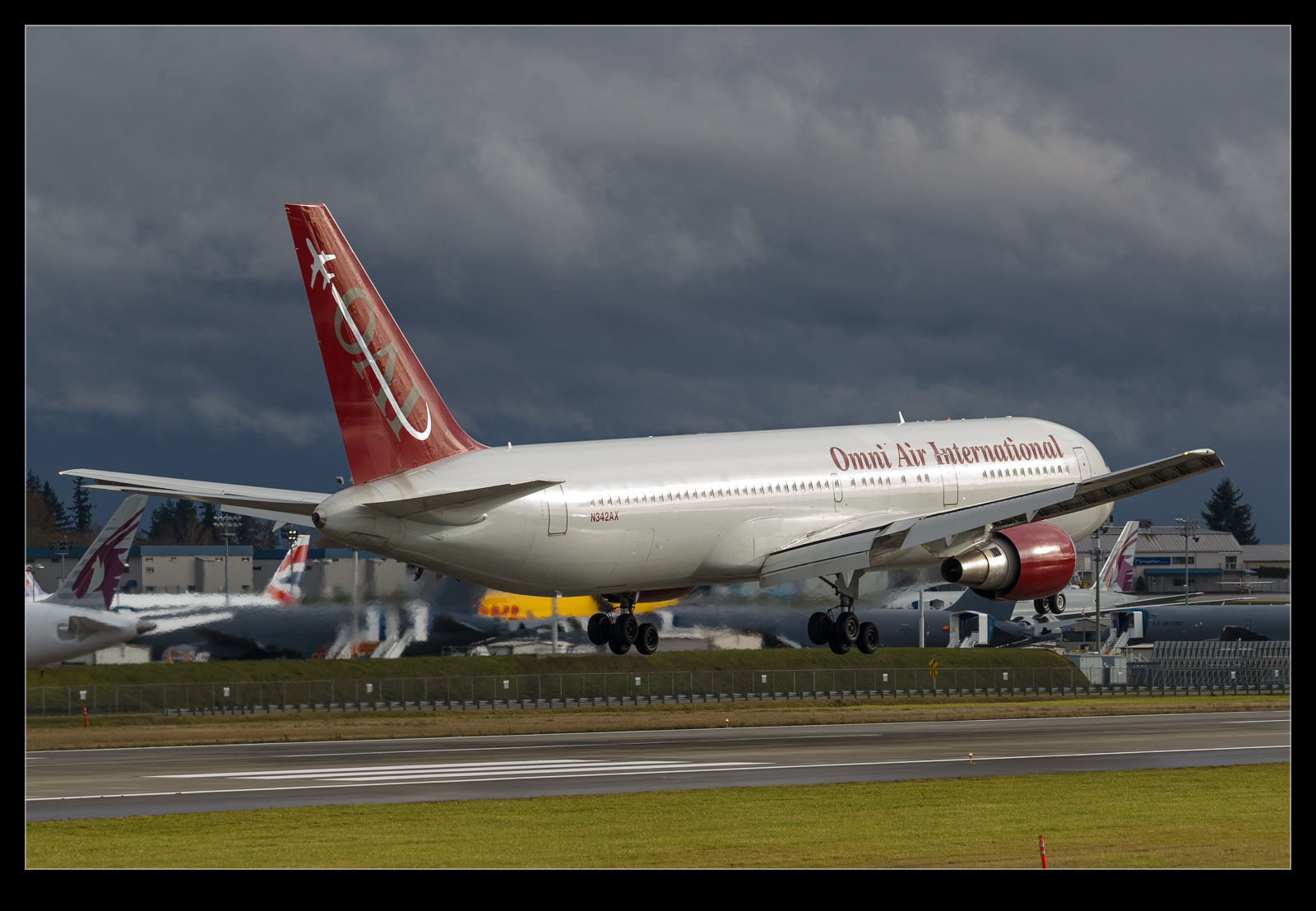 For the second time this year, I was at Paine Field when an Omni Air International 767 showed up. I wrote about the first time in this post. On this occasion, it arrived in some quite blustery conditions but, as it was on final approach, a gap in the clouds opened up and provided some lovely light on the airframe while leaving the background dark and cloudy. It makes for a far more interesting shot that would otherwise be the case on a day like that.
For the second time this year, I was at Paine Field when an Omni Air International 767 showed up. I wrote about the first time in this post. On this occasion, it arrived in some quite blustery conditions but, as it was on final approach, a gap in the clouds opened up and provided some lovely light on the airframe while leaving the background dark and cloudy. It makes for a far more interesting shot that would otherwise be the case on a day like that.
A Bonus With the A-26
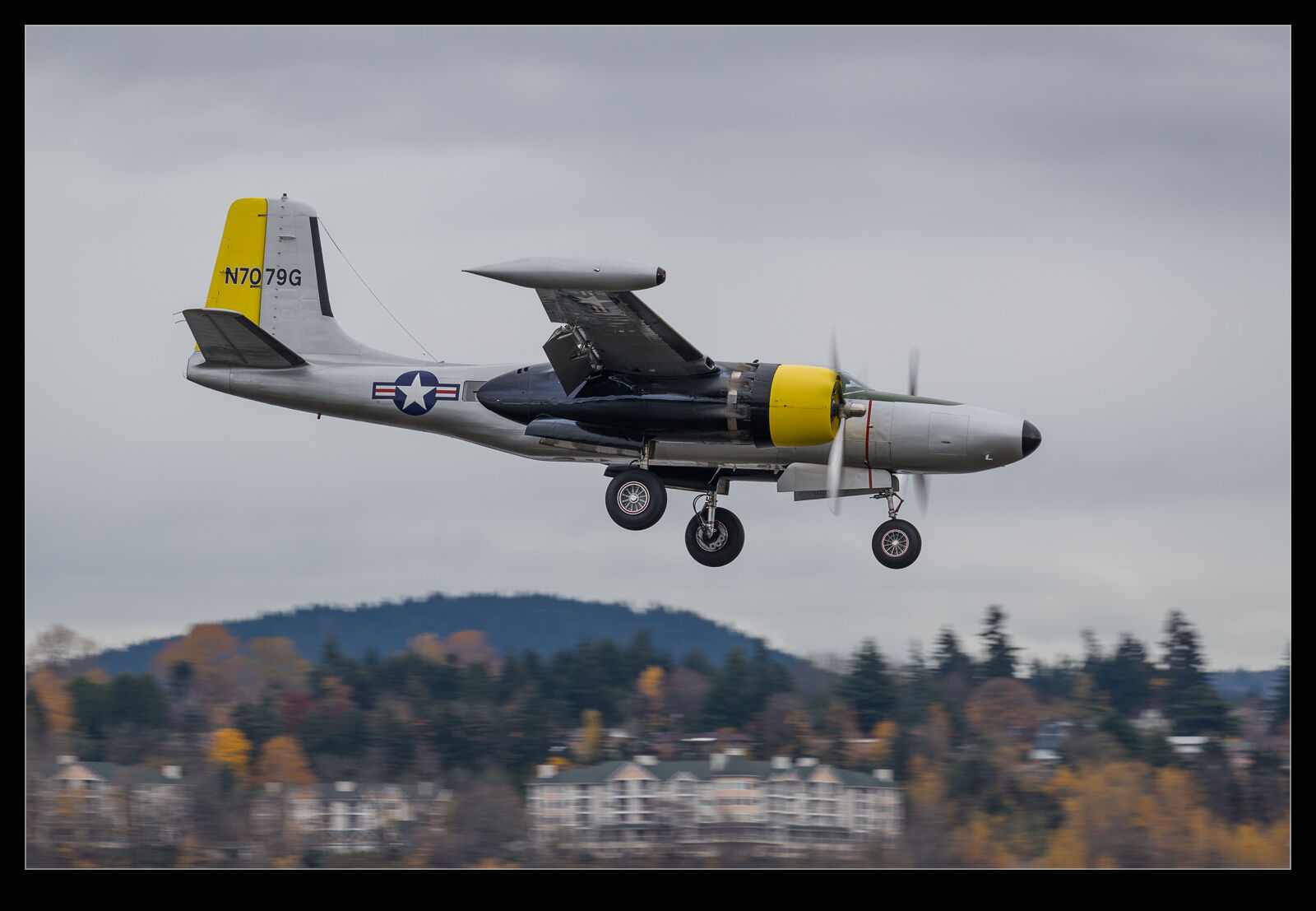 Aside from my two HondaJets and a little other traffic, things were not looking too busy at Boeing Field. I was contemplating my next move when I glanced at FlightRadar and saw a Douglas A-26 was flying over Seattle. This is one that is based at Renton and used as a personal transport by the owner. I have never seen it in action before. Consequently, I was quite excited. At first, I thought it looked like it was turning towards Boeing Field which would have been handy but then it headed north up towards the San Juan Islands.
Aside from my two HondaJets and a little other traffic, things were not looking too busy at Boeing Field. I was contemplating my next move when I glanced at FlightRadar and saw a Douglas A-26 was flying over Seattle. This is one that is based at Renton and used as a personal transport by the owner. I have never seen it in action before. Consequently, I was quite excited. At first, I thought it looked like it was turning towards Boeing Field which would have been handy but then it headed north up towards the San Juan Islands.
 I figured that, even if it was landing up there, it would be coming back to Renton later on so headed off in that direction to work out what flow the pattern was using. The A-26 had departed over the lake to the north but all of the movements now seemed to be from the north so I figured it would come in from that direction. No chance of shooting it from above at the overlook point at the south end but still plenty of options.
I figured that, even if it was landing up there, it would be coming back to Renton later on so headed off in that direction to work out what flow the pattern was using. The A-26 had departed over the lake to the north but all of the movements now seemed to be from the north so I figured it would come in from that direction. No chance of shooting it from above at the overlook point at the south end but still plenty of options.
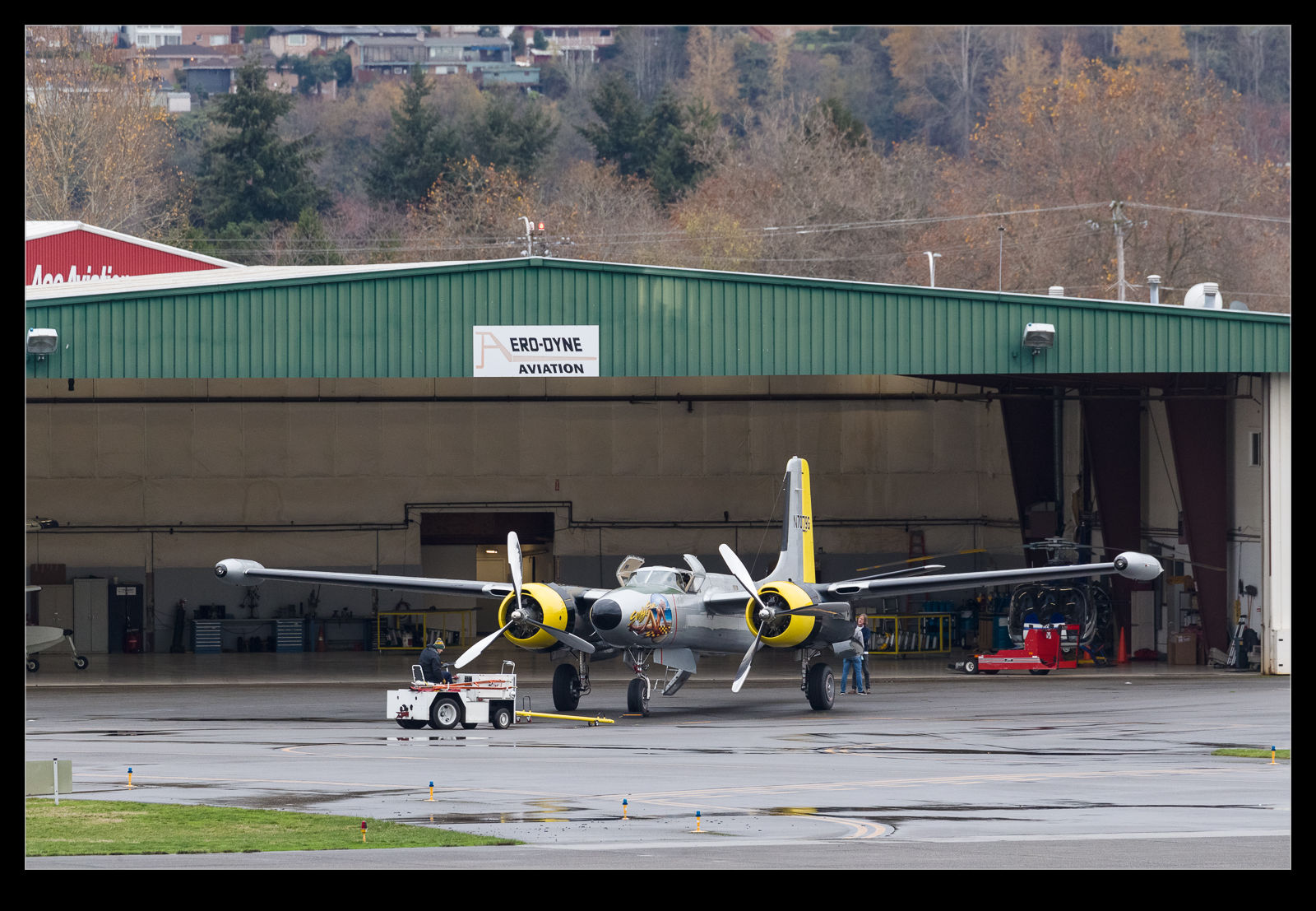 Unfortunately, they have closed off part of the park at the north end of the field and erected fencing. This takes away an area of higher ground which gives a good view of the threshold. However, with a couple of Cessnas bashing the circuit, I was able to see roughly what would be good and what wouldn’t. A check on FlightRadar showed that they had finished flying around the San Juans and were coming back over the city.
Unfortunately, they have closed off part of the park at the north end of the field and erected fencing. This takes away an area of higher ground which gives a good view of the threshold. However, with a couple of Cessnas bashing the circuit, I was able to see roughly what would be good and what wouldn’t. A check on FlightRadar showed that they had finished flying around the San Juans and were coming back over the city.
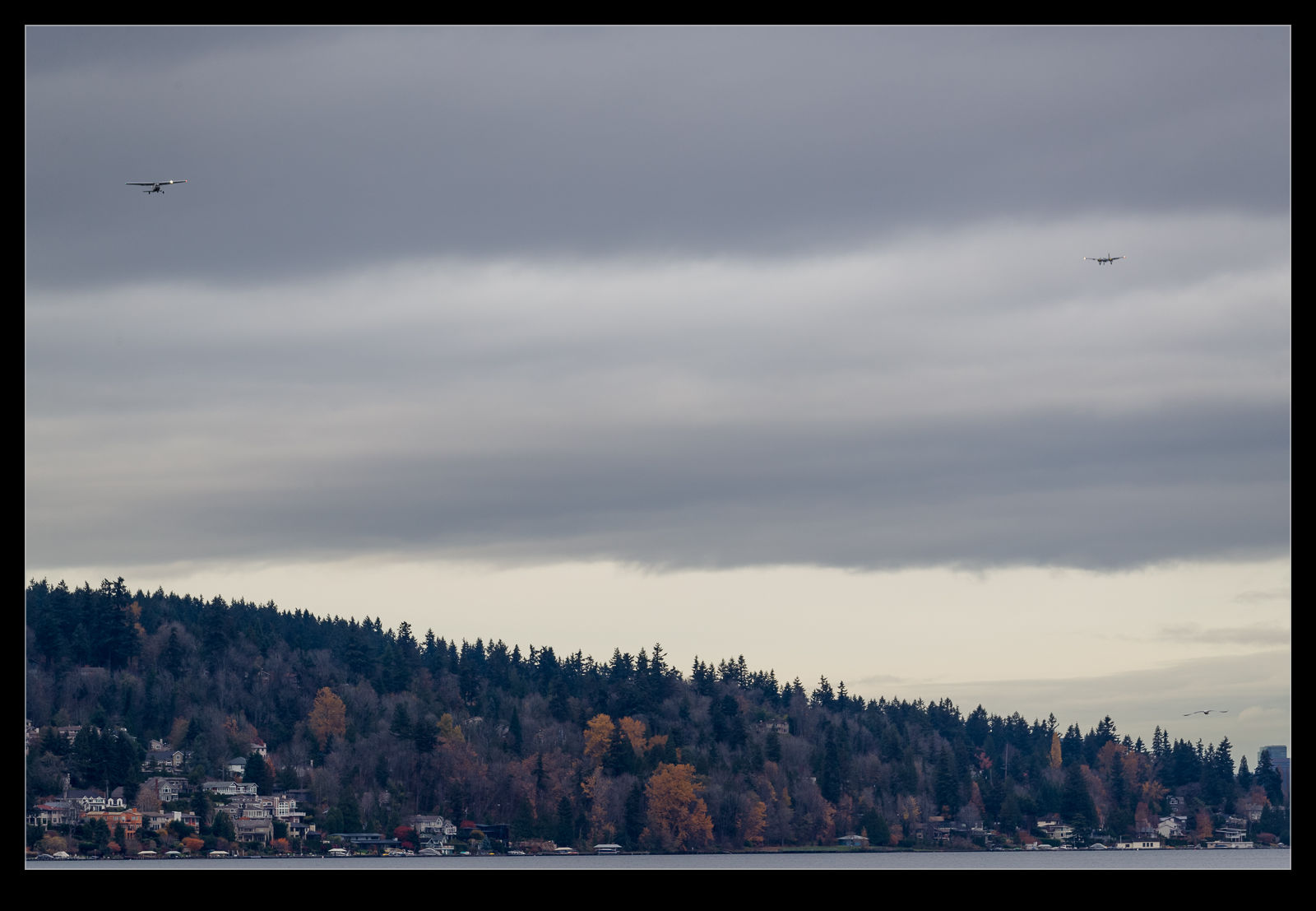 They followed the water from the coast in to Lake Washington and I thought would be coming straight for me. However, they continued over Bellevue instead. I wondered if they were off somewhere else but soon they had turned back and were heading for Renton. Looking up the lake, I could pick them out a long way out, long before they had even configured for landing. With the fall foliage still evident on some of the shorelines, it made for quite a nice shot – something that wouldn’t have been the case at the other end.
They followed the water from the coast in to Lake Washington and I thought would be coming straight for me. However, they continued over Bellevue instead. I wondered if they were off somewhere else but soon they had turned back and were heading for Renton. Looking up the lake, I could pick them out a long way out, long before they had even configured for landing. With the fall foliage still evident on some of the shorelines, it made for quite a nice shot – something that wouldn’t have been the case at the other end.
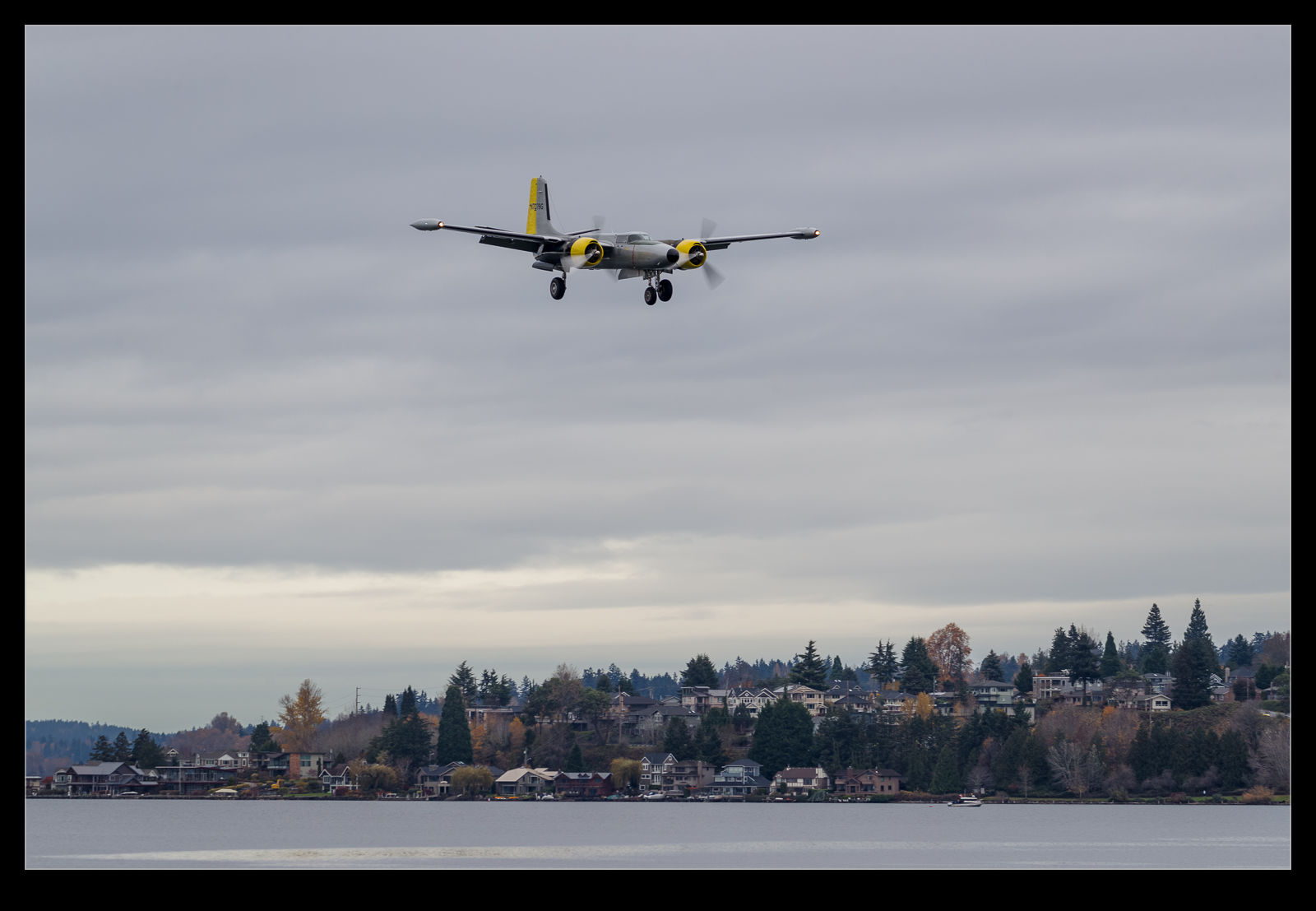 The A-26 is pretty speedy so they were soon on final approach and I grabbed a bunch of shots both tight and wider. Then they zipped by and behind the newly erected fencing! I packed up my stuff and headed off but, as I drove back south, I saw they were still on the ramp outside the hangar. I pulled in a watched them put the plane away. Only at the last minute did I realize that I could have got a closer shot from near the gate but I shouldn’t complain given how lucky I had been to see them out on my day off.
The A-26 is pretty speedy so they were soon on final approach and I grabbed a bunch of shots both tight and wider. Then they zipped by and behind the newly erected fencing! I packed up my stuff and headed off but, as I drove back south, I saw they were still on the ramp outside the hangar. I pulled in a watched them put the plane away. Only at the last minute did I realize that I could have got a closer shot from near the gate but I shouldn’t complain given how lucky I had been to see them out on my day off.
Landing a Southwest 737 in a Crosswind
 This Southwest 737-700 was completing a test flight at Paine Field. The crosswind was pretty strong so the pilot used the wing down approach to handling the crosswind. They touched down on the starboard gear and bounced a bit before settling those wheels on the surface. A short while later, they rolled wings level and the port gear made contact. Aside from the bounce, a pretty good example of landing in a crosswind in a big jet.
This Southwest 737-700 was completing a test flight at Paine Field. The crosswind was pretty strong so the pilot used the wing down approach to handling the crosswind. They touched down on the starboard gear and bounced a bit before settling those wheels on the surface. A short while later, they rolled wings level and the port gear made contact. Aside from the bounce, a pretty good example of landing in a crosswind in a big jet.
Shock Diamonds and the F-22
Within the very high speed flows of air in an aircraft’s exhaust, you can set up a series of shock waves and expansion fans as a result of the differences between the pressure of the flow and that of the surrounding air. When afterburner is engaged, the hot gases and the temperature changes these shocks and expansions cause, result in a diamond pattern forming in the exhaust plume. In darker conditions, these diamonds are more conspicuous but they are visible even in normal daylight.
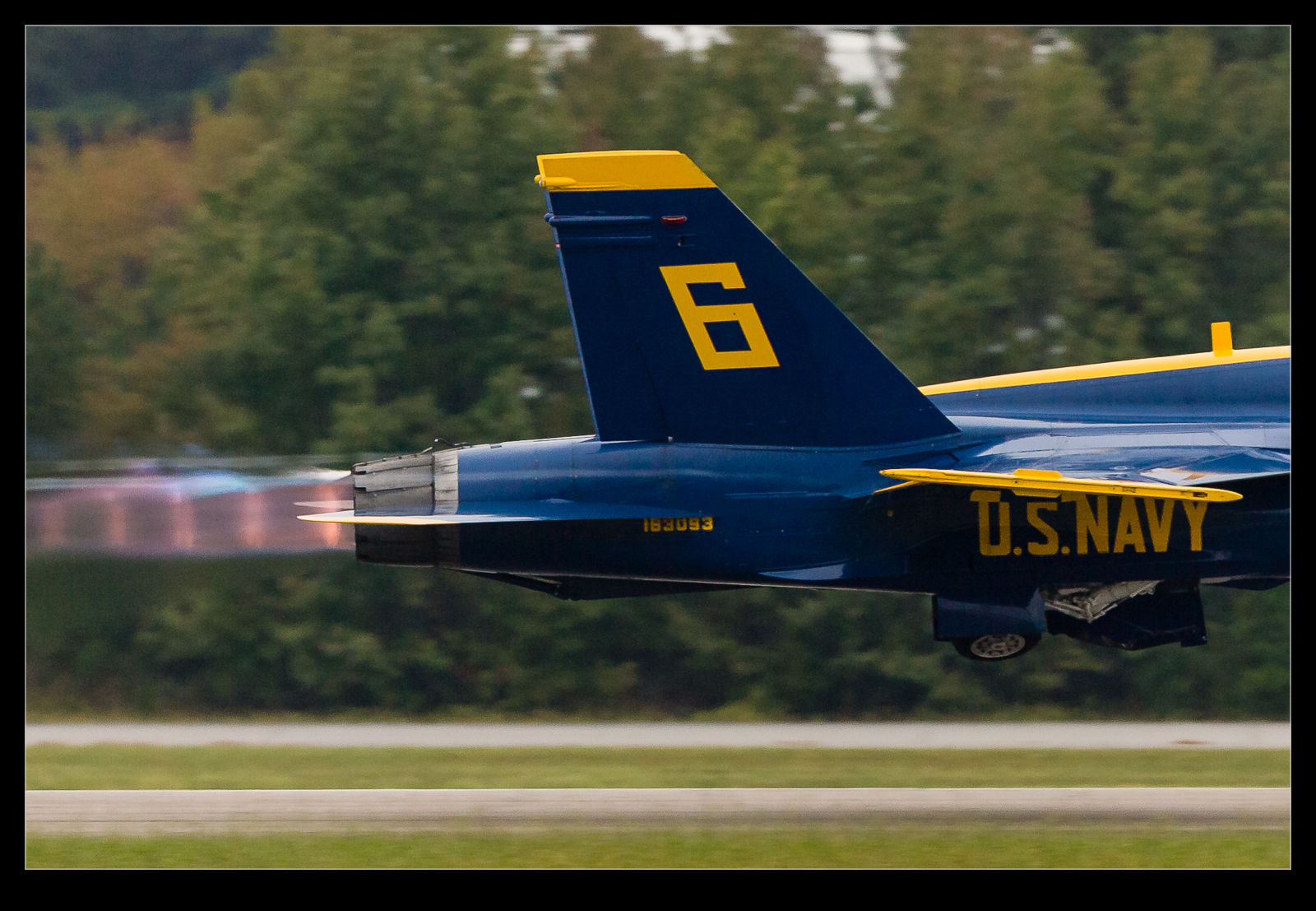 These diamond patterns are a function of the flow being symmetrical since most engines have round exhaust nozzles. This isn’t the case for the F-22, though. It has flattened nozzles with a pointed profile top and bottom. This got me wondering what the effect is on the exhaust plume and whether the traditional diamonds are formed or whether the nozzle shape results in a different pattern of shock and expansions as they reflect within the plume. I decided to dig in to some shots to see what I could find.
These diamond patterns are a function of the flow being symmetrical since most engines have round exhaust nozzles. This isn’t the case for the F-22, though. It has flattened nozzles with a pointed profile top and bottom. This got me wondering what the effect is on the exhaust plume and whether the traditional diamonds are formed or whether the nozzle shape results in a different pattern of shock and expansions as they reflect within the plume. I decided to dig in to some shots to see what I could find.
 I don’t have a lot of F-22 afterburner shots. While I have shot them a lot taking off, they often take off without afterburner. Since they have plenty of power and burner use dramatically increases fuel consumption (and the F-22 is not over-endowed with range as it is), there is no point using burner if it isn’t needed. Air shows are a time when they do give it plenty of burner, so that is the source of the shots.
I don’t have a lot of F-22 afterburner shots. While I have shot them a lot taking off, they often take off without afterburner. Since they have plenty of power and burner use dramatically increases fuel consumption (and the F-22 is not over-endowed with range as it is), there is no point using burner if it isn’t needed. Air shows are a time when they do give it plenty of burner, so that is the source of the shots.
 The result of this is that there is definitely something unusual about the shock patterns. I include some shots of F-16 and F/A-18 afterburner plumes and the normal shock patterns that create the hotspots known as the diamonds are very obvious and simple in shape. For the F-22, things are very different with the patterns of hot zones being something more in line with the shape of the nozzle. The way in which the patterns repeat is more complex than for an axisymmetric nozzle. There is nothing much to conclude in these observations. It is just something that appeals to an old aero guy like me.
The result of this is that there is definitely something unusual about the shock patterns. I include some shots of F-16 and F/A-18 afterburner plumes and the normal shock patterns that create the hotspots known as the diamonds are very obvious and simple in shape. For the F-22, things are very different with the patterns of hot zones being something more in line with the shape of the nozzle. The way in which the patterns repeat is more complex than for an axisymmetric nozzle. There is nothing much to conclude in these observations. It is just something that appeals to an old aero guy like me.
- A heavily loaded USAF Lockheed Martin F-16CJ Fighting Falcon gets airborne from Nellis AFB NV.
Falcon 2000LX Fighting the Wind
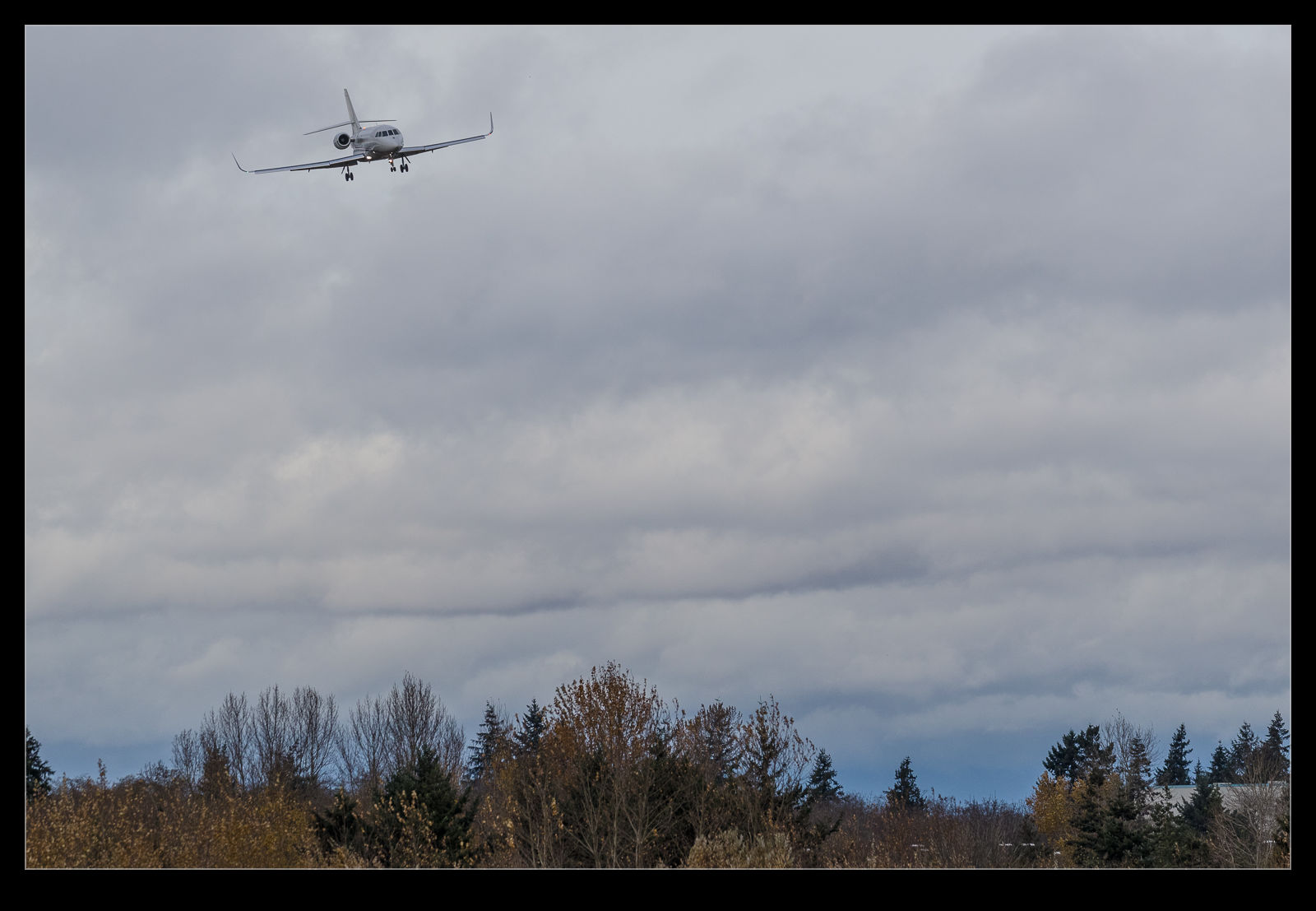 I talked about a Janet 737 coming in to Paine Field in this recent post. A couple of minutes ahead of it was the arrival of a Falcon 2000. The conditions were very blustery and the Falcon was bouncing around on final approach. It got quite a wing drop at one point and I did get a shot as it recovered but not showing quite how much it had rolled at its peak. As for the Janet, conditions were not great for lighting but it was not too bad.
I talked about a Janet 737 coming in to Paine Field in this recent post. A couple of minutes ahead of it was the arrival of a Falcon 2000. The conditions were very blustery and the Falcon was bouncing around on final approach. It got quite a wing drop at one point and I did get a shot as it recovered but not showing quite how much it had rolled at its peak. As for the Janet, conditions were not great for lighting but it was not too bad.
HondaJets in the Murk
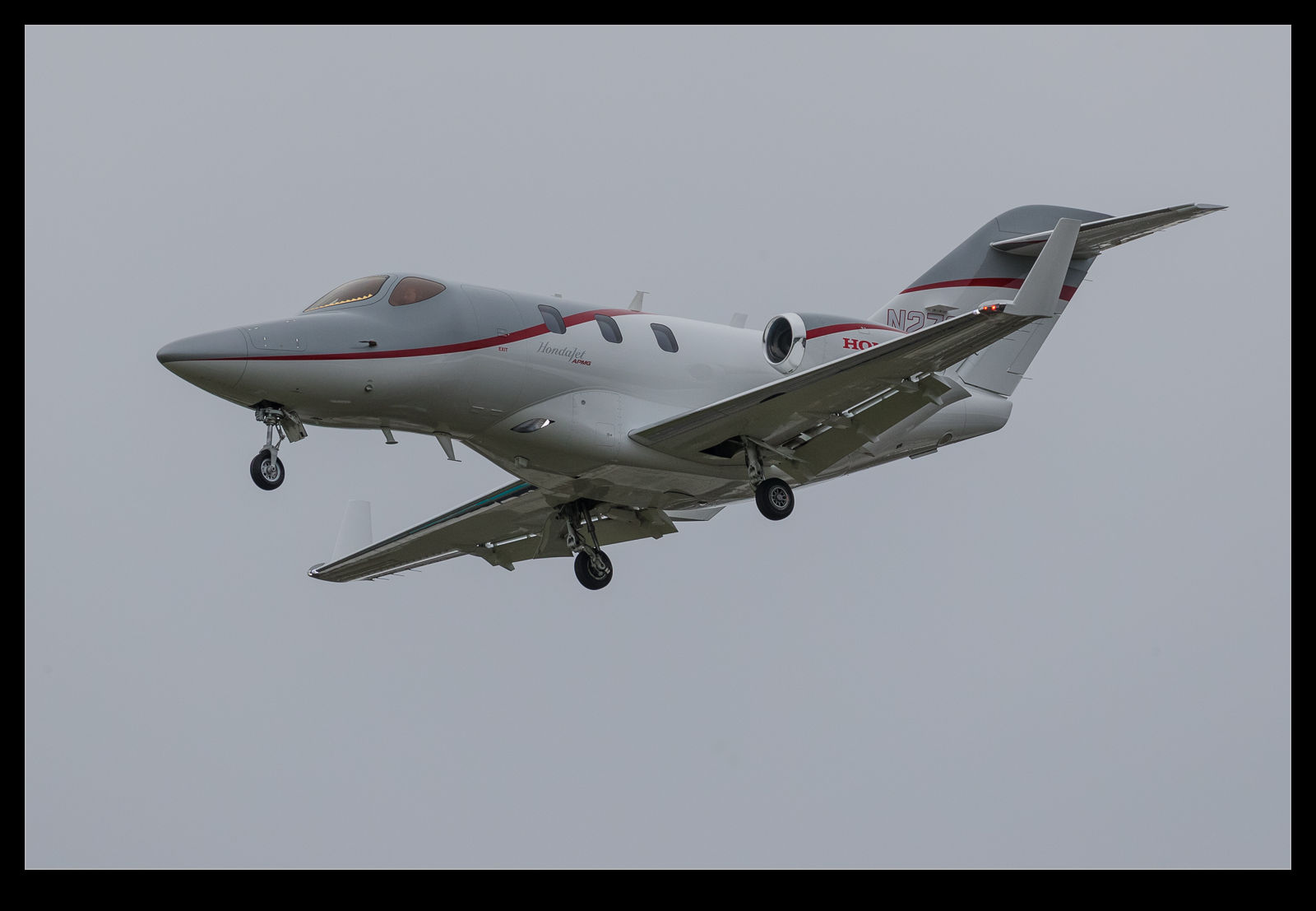 I was pondering what to do with a day off. I was struggling to come up with a plan and the weather was not ideal for photography but I then saw that not one but two HondaJets were due in to Boeing Field within an hour of each other. I have only shot one flying before and it was very distant so I figured this would be the motivation to get me out.
I was pondering what to do with a day off. I was struggling to come up with a plan and the weather was not ideal for photography but I then saw that not one but two HondaJets were due in to Boeing Field within an hour of each other. I have only shot one flying before and it was very distant so I figured this would be the motivation to get me out.
 The sky was very overcast with a grey background that made me hope for planes painted in an interesting color scheme. Unfortunately, both jets were in Honda schemes with grey as the main paint so they were hardly ideal for shooting in such conditions. However, I didn’t have much of a choice so I got both of them on the approach. If only one of them could have been a bit more colorful.
The sky was very overcast with a grey background that made me hope for planes painted in an interesting color scheme. Unfortunately, both jets were in Honda schemes with grey as the main paint so they were hardly ideal for shooting in such conditions. However, I didn’t have much of a choice so I got both of them on the approach. If only one of them could have been a bit more colorful.
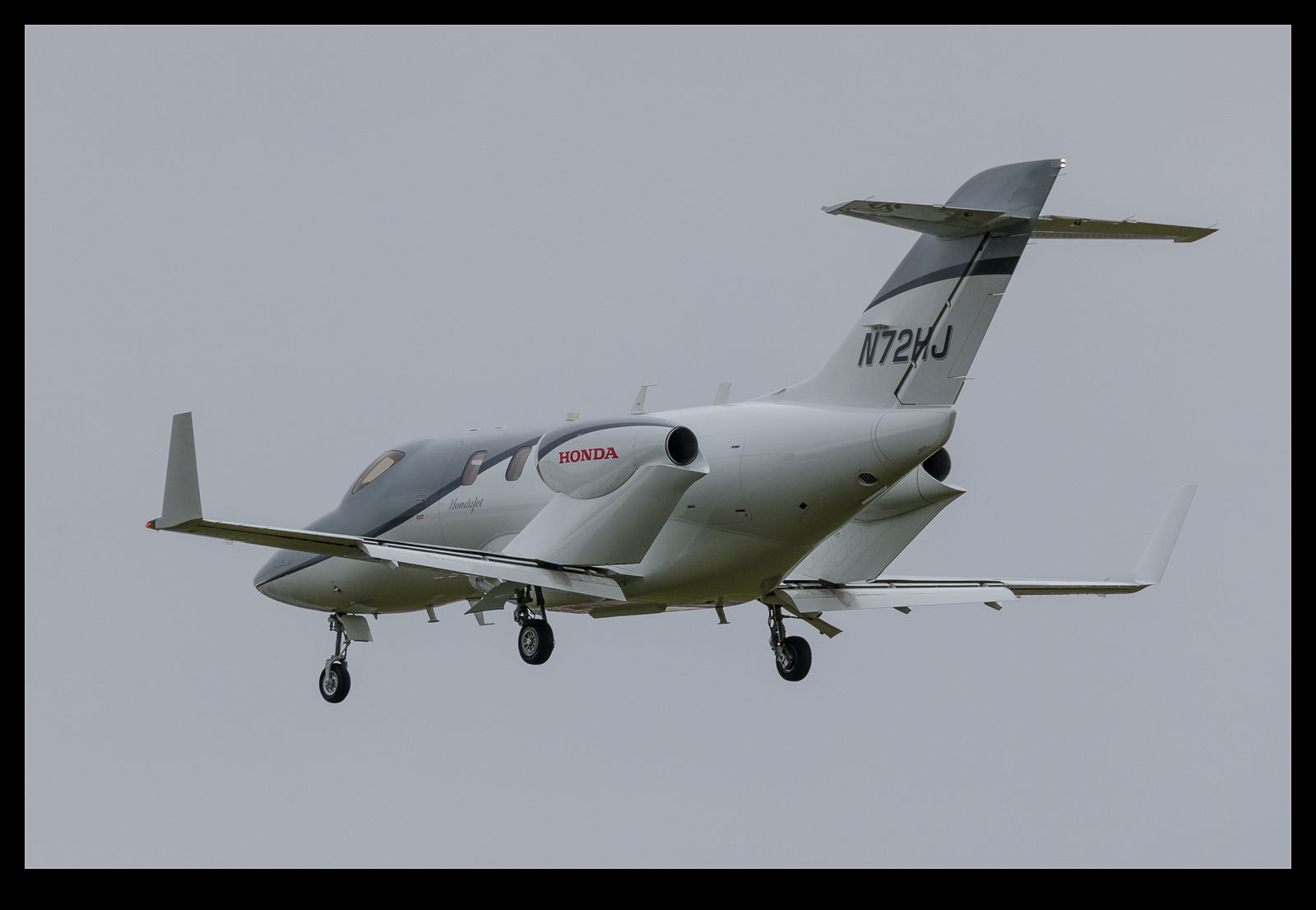 As I was heading off to my next stop, I drove past the Kenmore ramp and saw that one of them was parked up there. A quick diversion in and I added a ground shot of one of the jets. Not sure where the other one was parked but I would assume it was on Modern’s ramp.
As I was heading off to my next stop, I drove past the Kenmore ramp and saw that one of them was parked up there. A quick diversion in and I added a ground shot of one of the jets. Not sure where the other one was parked but I would assume it was on Modern’s ramp.

